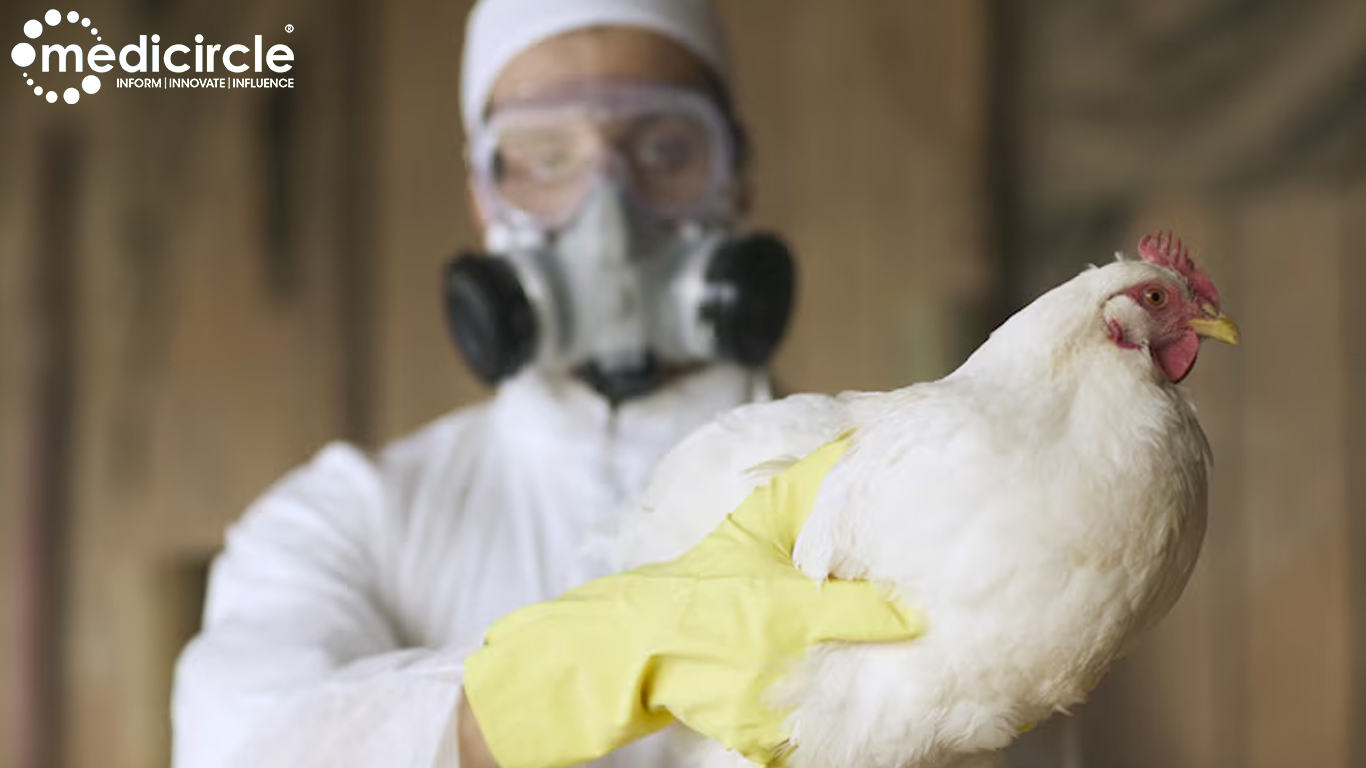On Tuesday, the World Health Organization (WHO) announced that a case of human infection with the H9N2 bird flu virus has been detected in a four-year-old child in West Bengal, India. This incident marks the second recorded human infection of H9N2 bird flu in the country, with the first case reported in 2019.
Details of the Case
The young patient was admitted to a local hospital's pediatric intensive care unit (ICU) in February after experiencing severe respiratory issues, a high fever, and abdominal cramps. Following diagnosis and treatment, the child was discharged three months later. The WHO noted that the child had been in contact with poultry both at home and in the surrounding area. Fortunately, there were no reports of respiratory illness symptoms among the child's family members or other close contacts.
Lack of Vaccination and Treatment Information
At the time of the report, detailed information regarding the child's vaccination status and antiviral treatment was unavailable. This highlights the need for more comprehensive data to better understand and manage such cases.
About the H9N2 Virus
The H9N2 virus is a subtype of avian influenza that typically causes mild illness in humans. It is one of the most common avian influenza viruses found in poultry across various regions. Despite its usual mild nature, the WHO warns that sporadic human cases may continue to occur, given the virus's widespread presence in poultry.
Global Context and Concerns
Avian influenza viruses like H9N2 pose ongoing challenges to global public health. While H9N2 infections in humans are rare, they are a reminder of the potential for avian influenza viruses to cross species barriers. The WHO and other health organizations continually monitor these viruses to prevent outbreaks and prepare for possible pandemics.
Preventive Measures
Preventive measures are crucial to minimize the risk of avian influenza transmission. These include:
1. Avoiding Direct Contact with Poultry: People, especially children, should avoid direct contact with poultry and ensure that poultry is cooked thoroughly before consumption.
2. Maintaining Good Hygiene: Regular handwashing with soap and water can reduce the risk of infection.
3. Monitoring Symptoms: Individuals who experience flu-like symptoms after contact with poultry should seek medical attention promptly.
4. Public Awareness: Increased public awareness about the risks associated with avian influenza and the importance of early reporting of symptoms can help in early detection and containment of the virus.
Future Directions
The case in West Bengal highlights the importance of vigilant monitoring and reporting systems for avian influenza. Continued research and surveillance are essential to understand the virus's behavior and prevent future outbreaks. Health authorities need to ensure that they have robust strategies in place to respond to potential cases of avian influenza in humans.
The WHO's report serves as a crucial reminder of the ongoing threat posed by avian influenza viruses. While the H9N2 virus typically causes mild illness, its prevalence in poultry means that sporadic human infections are likely to continue. Enhanced surveillance, public awareness, and preventive measures are vital components of the global effort to manage and mitigate the risks associated with avian influenza.
The detection of an H9N2 bird flu case in a young child in West Bengal highlights the continuous threat of avian influenza to human health. While the virus usually results in mild illness, the potential for sporadic human infections necessitates vigilant monitoring and robust preventive measures. The global health community must remain alert and proactive in addressing these threats to ensure public safety and health.

 Avian influenza viruses like H9N2 pose ongoing challenges to global public health. While H9N2 infections in humans are rare, they are a reminder of the potential for avian influenza viruses to cross species barriers.
Avian influenza viruses like H9N2 pose ongoing challenges to global public health. While H9N2 infections in humans are rare, they are a reminder of the potential for avian influenza viruses to cross species barriers.










.jpeg)







.jpeg)

.jpg)










